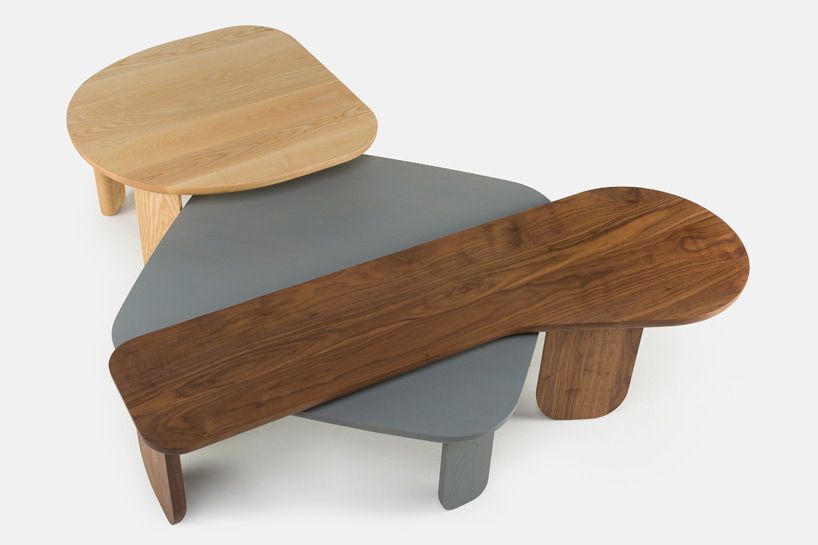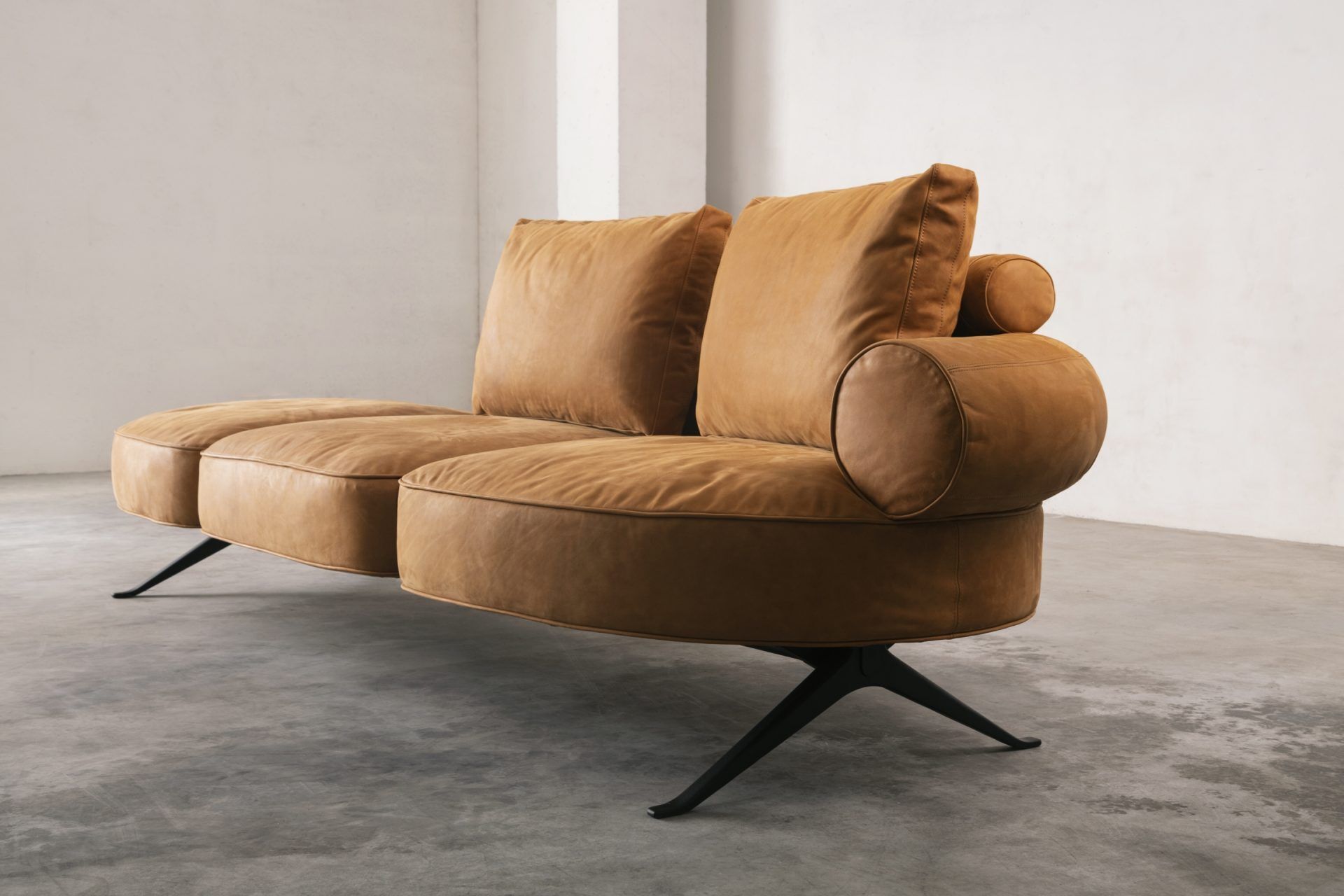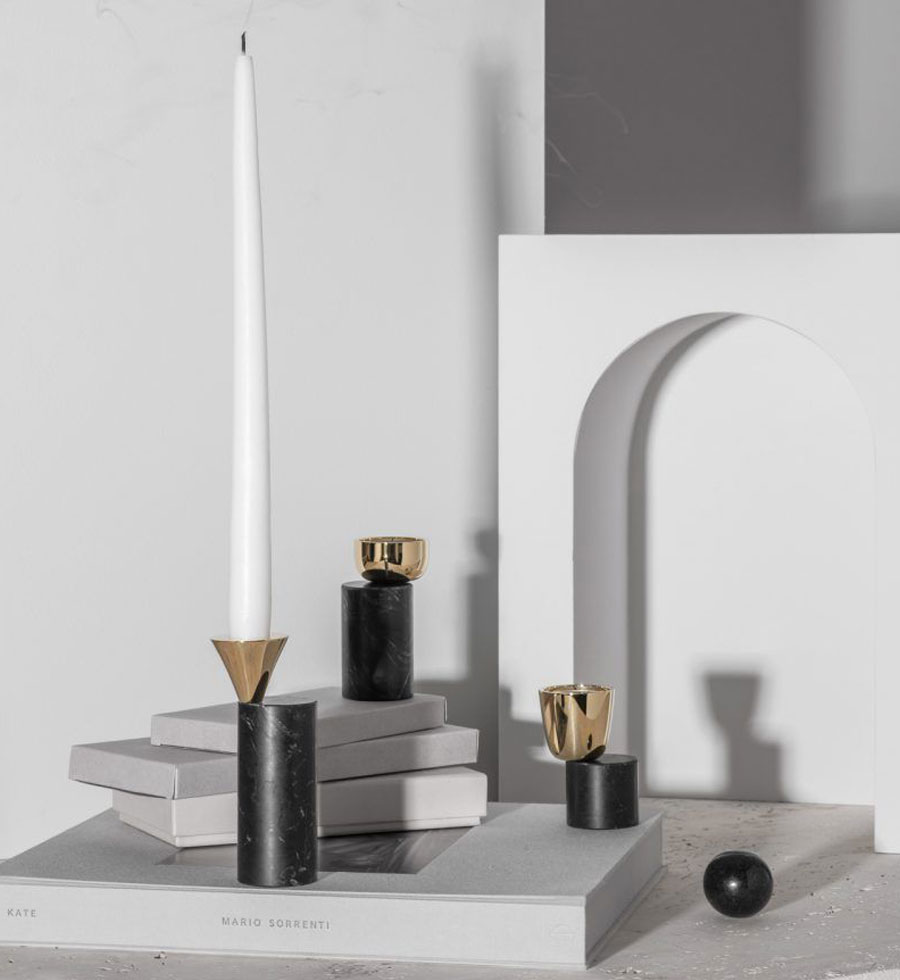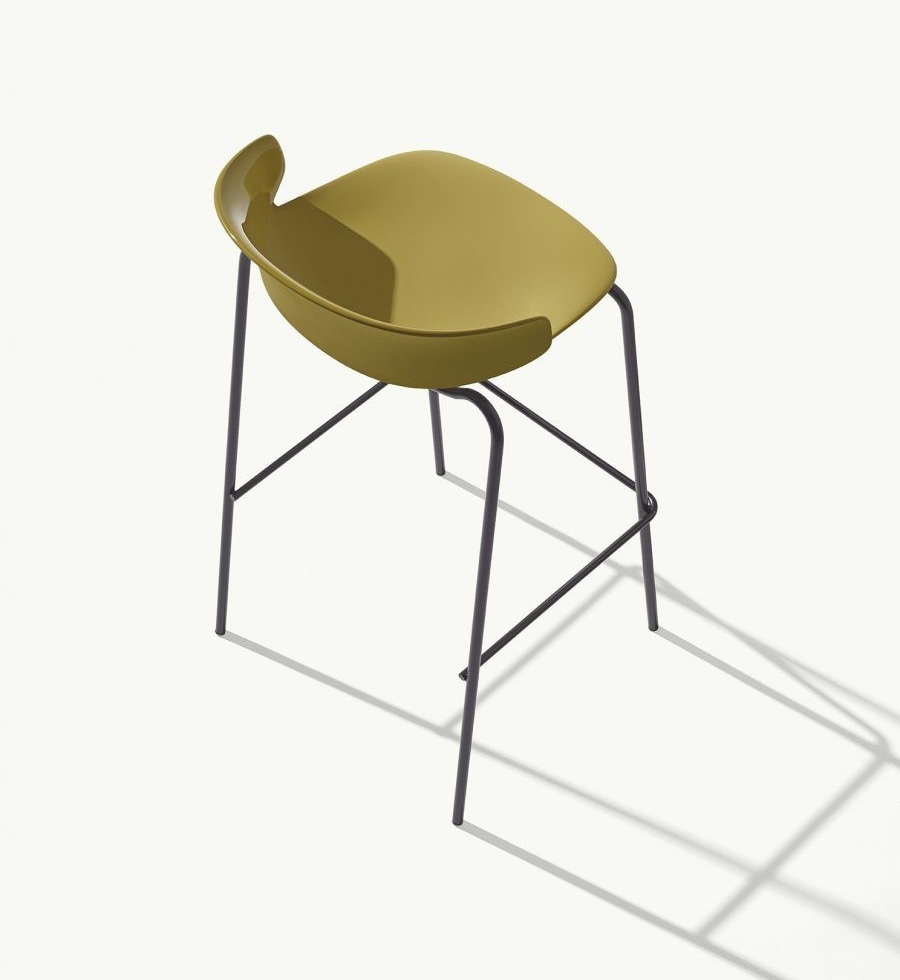
Designer Interview: Luca Nichetto
Liz Carroll, San Jose State University Professor of Art & Design History and former Insidesource A&D Manager, sat down with designer Luca Nichetto in Milan to discuss his perspectives on design, from fundamentals, to trends, education, and social policy.
A multidisciplinary designer, Nichetto operates out of studios in Venice and Stockholm and works with brands across the globe.
What is your definition of design? What distinguishes your work in particular?
I am very old-fashioned, and it is interesting when I think of myself as a student in Venice because the translation of my field is “disegno industrial” in Italian, or industrial design.
Design is found in everything, and now there are many different kinds of design, including interactive design. Maybe I am old-fashioned, but one must be able to replicate the craftsmanship process.
My source of inspiration came from the great Italian industrial designer Vico Magistretti who designed furniture for Cassina, Archimede, DePadova, Flos, Kartell, etc. I do not believe in that word “style” because it is not timeless. I am much more focused on process and much less on the style of the moment.


Is it about flexibility (as a person, as a designer) in Italy?
Italy is not the most organized. Now as an immigrant in Stockholm, I can survive since I have a developed ability to adapt.
Furniture fits within a pattern of cultural habits and expectations. What kinds of meanings does furniture give to space and the effects on its users?
The effects of furniture from the 1950s were giant dealers for the office market and intended for a specific, now iconic style of workspace. They also made the environment look like jail with an office chair that looks like a robot, created for a monster. Now times have changed and you have businesses like Facebook in Silicon Valley requesting co-working spaces.
My project for Sancal is an example of cross-contamination creating objects for comfort and performance. You need to situate people as productive workers in more personal furniture.
What are the boundaries of Design?
What can it do or not do? Design can accomplish everything, from covering new ground onwards. I always want to do something new. Objects that are pure function are boring, and need to create a certain kind of empathy, or “democratic design,” which is IKEA. The standardization of design is found in IKEA designs. The challenge too is longevity and quality.

How is design an element of industry or social policy?
Every project is a political action and we try to influence behavior. We have a lot of responsibility as designers. I am from Murano, an island in the Venetian lagoon which became famous for its sophisticated glassmaking technology, and the glass industry is suffering. We are trying to help artisans survive by helping them to use their skills. If these glassmakers do not work, those skills in time will disappear. We are able to reinvigorate community in this way.
In order to realize one chair, more than 500 people will touch that chair from the nascent idea to the finished piece. With design, I can offer people work, economic independence, and innovation.


What is your favorite design or which one are you proud of?
The most important thing is to have the freedom to create what I want as a designer. One project that sold zero works was still very important to me, yet absolutely successful the way I see it.
A design studio is like a company. The turnover or earnings for two to three projects is how the studio survives and the rest is smoke.
What about trends in furniture now?
In Scandinavia it is all the same! I grew up in a country where the manufacturing step is key principle of “Made in Italy.” Sweden where I live now is different. Swedish design is the great marketing story and the objects are always produced elsewhere. The project is the most important part, and it is not about trends or style. I am “anti fashion.” It doesn’t know a tradition.
